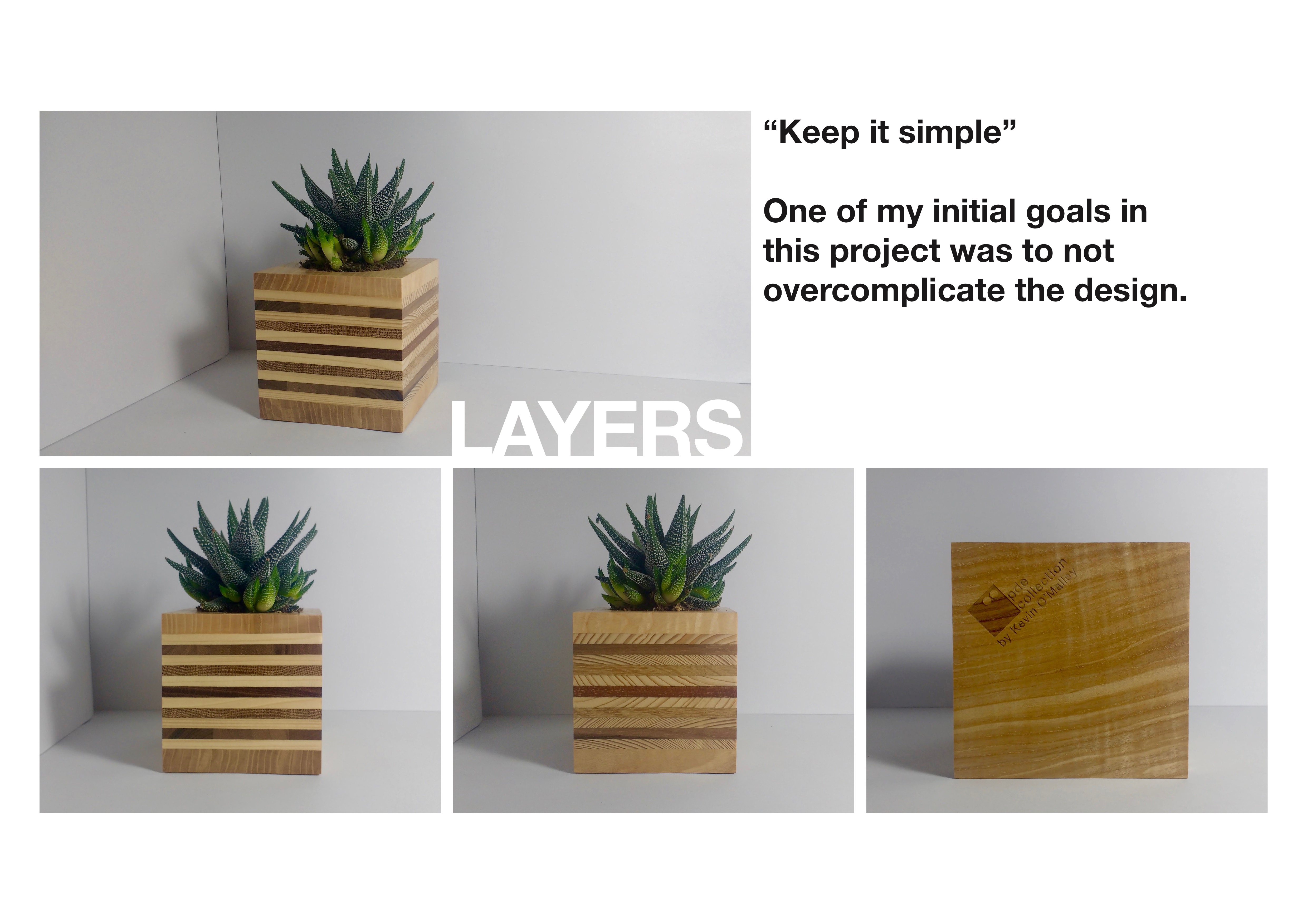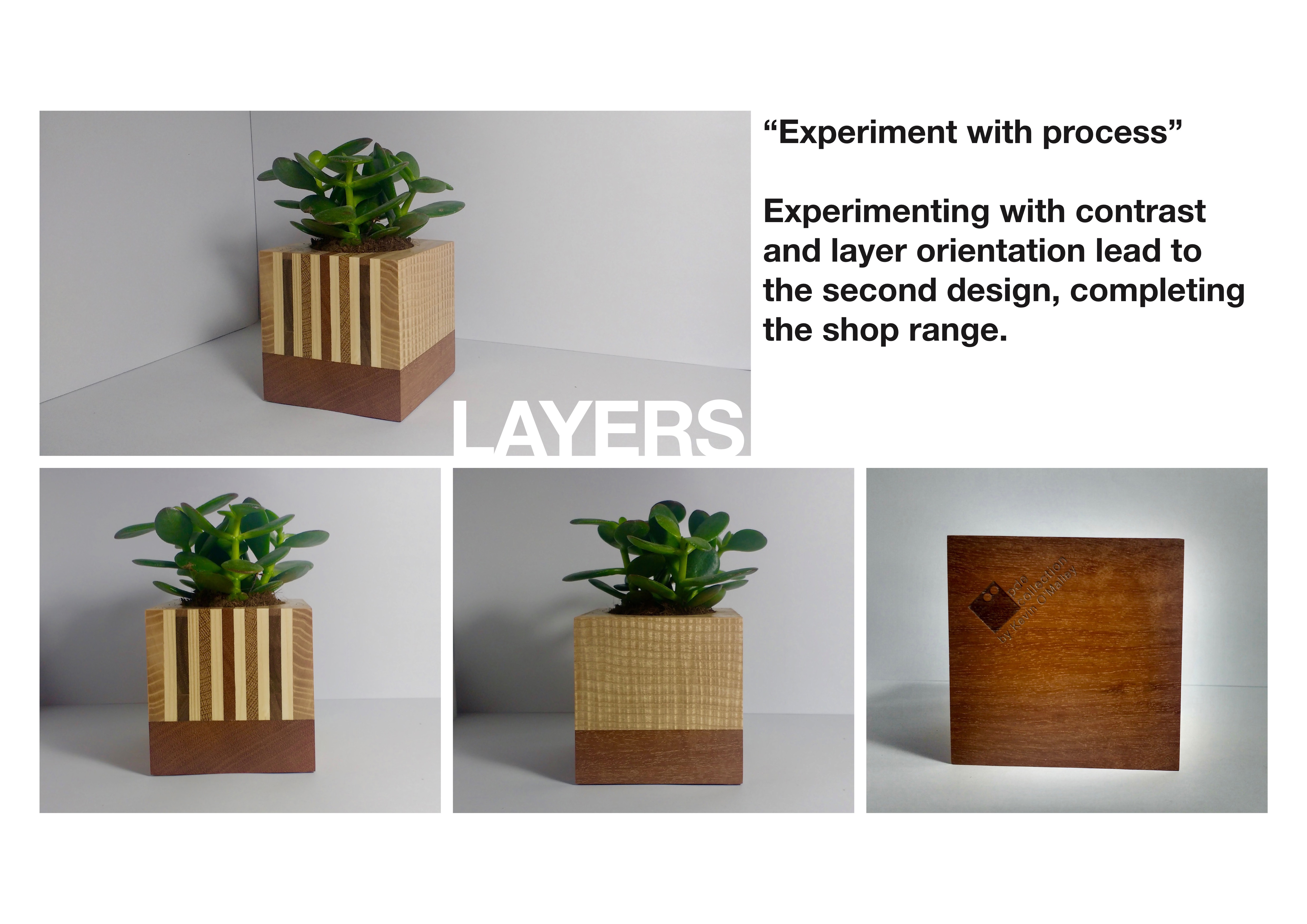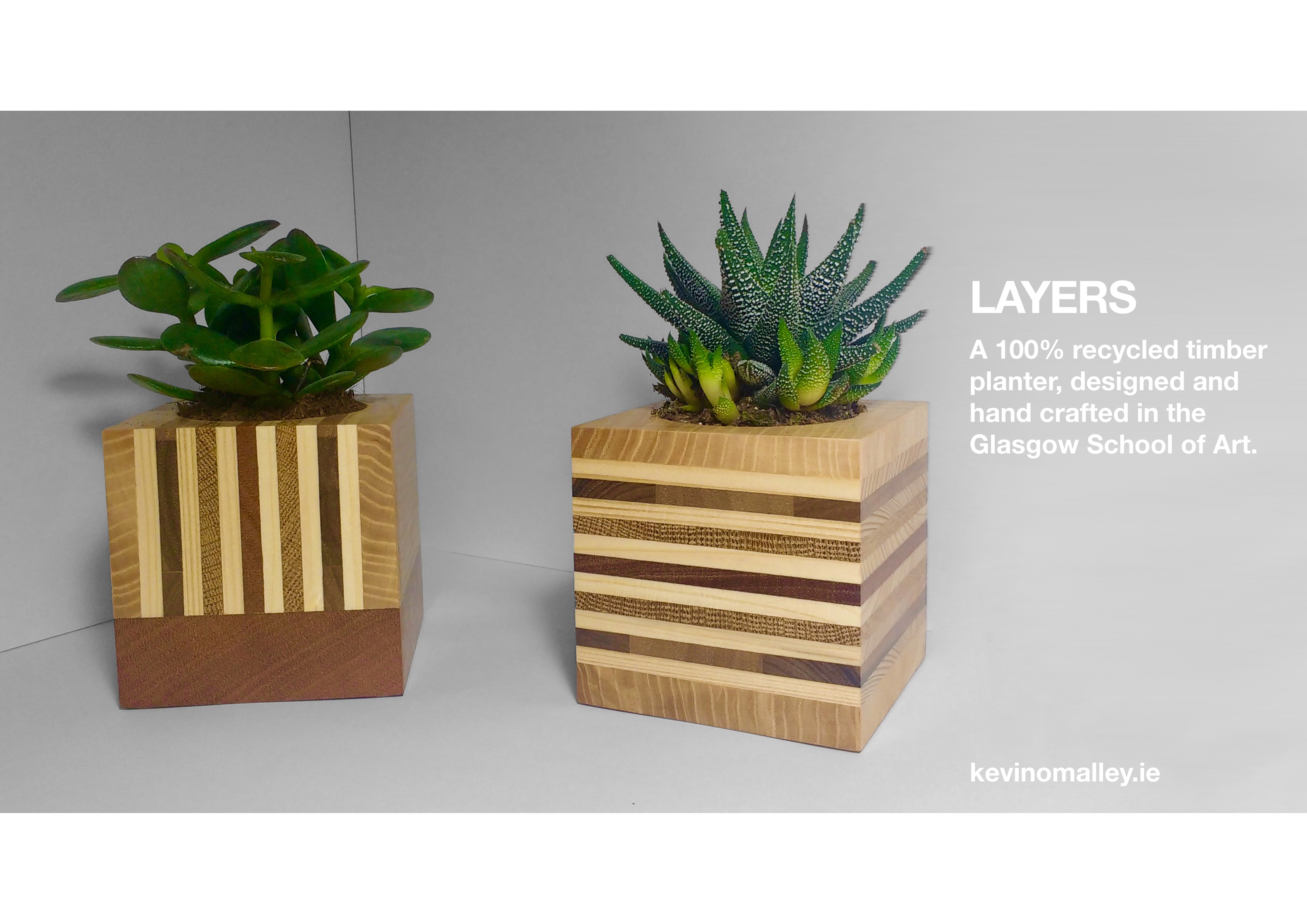
It was important for me to follow these simple guidelines set at the beginning of the project. The GSA Shop stock unique products from a range of students, past and present, as well as professional designers. The guidelines set were followed in order to compete with the high standard of quality and luxury found in the shop.
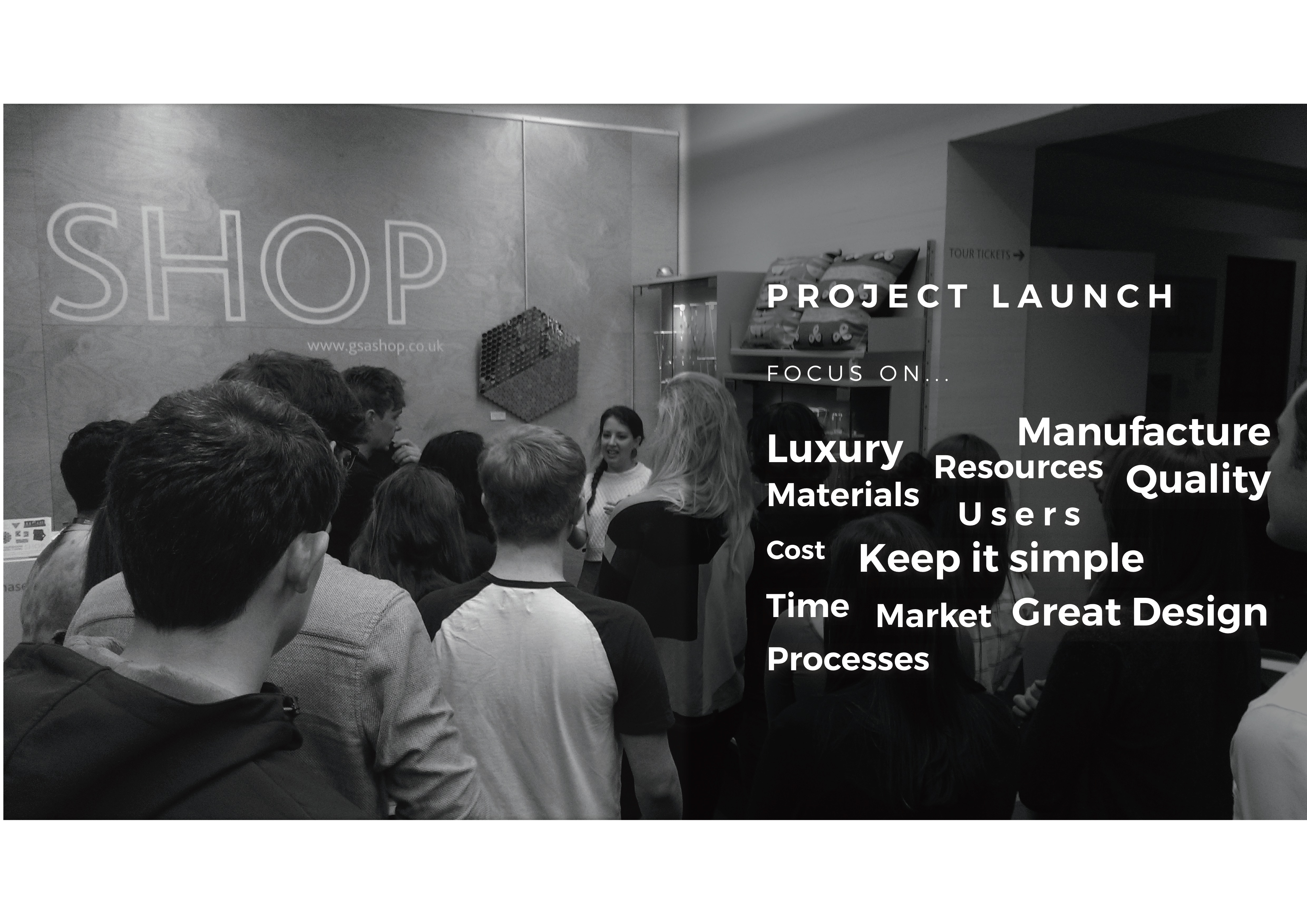
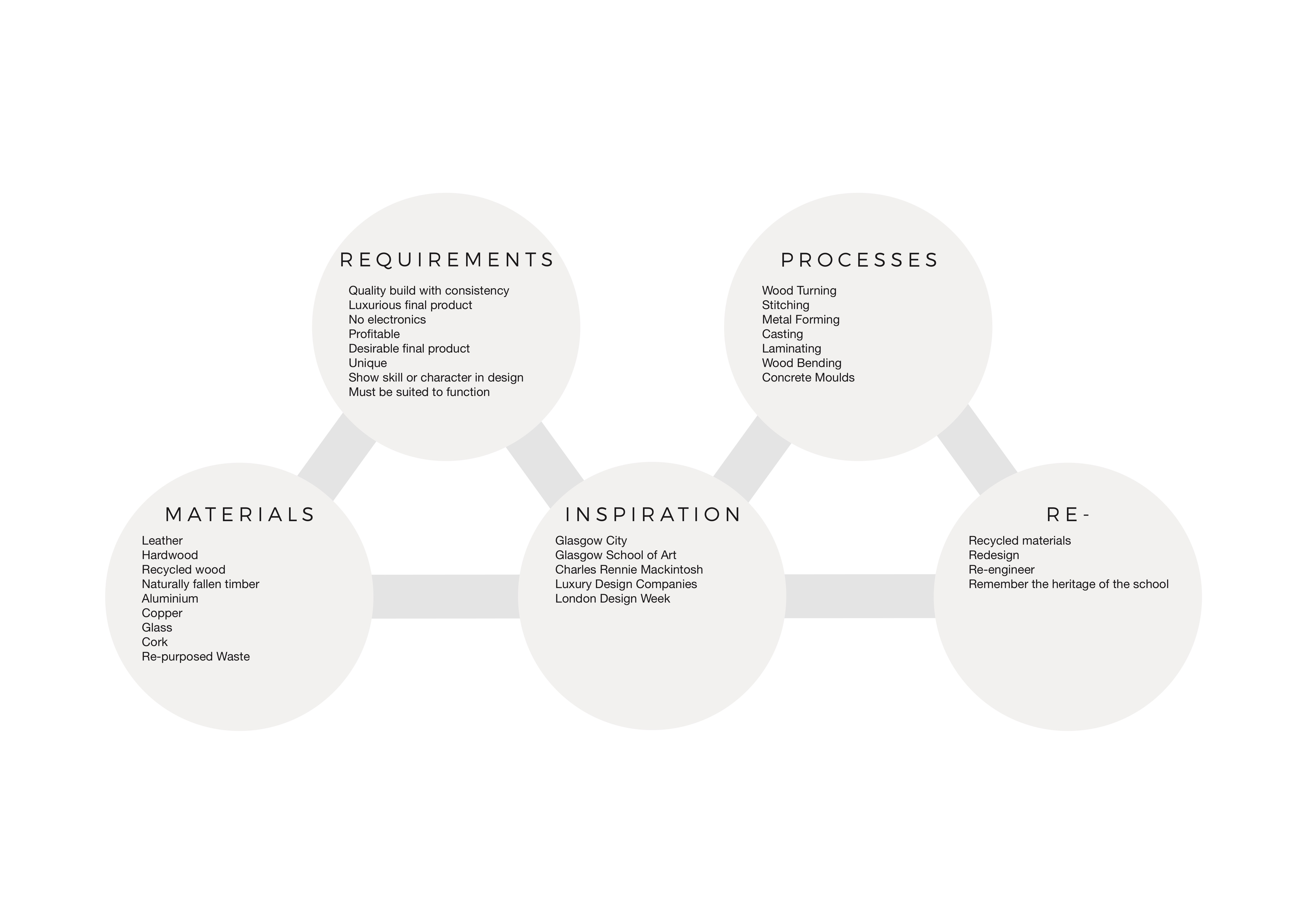
Initially, I had "product leads to process" approach while generating concept sketches. The "layers" design idea came about when I tried to simplify the manufacturing process of the shaker by splitting it into "ply" like sections. This technique allowed for a variety of materials to be incorporated into the design.
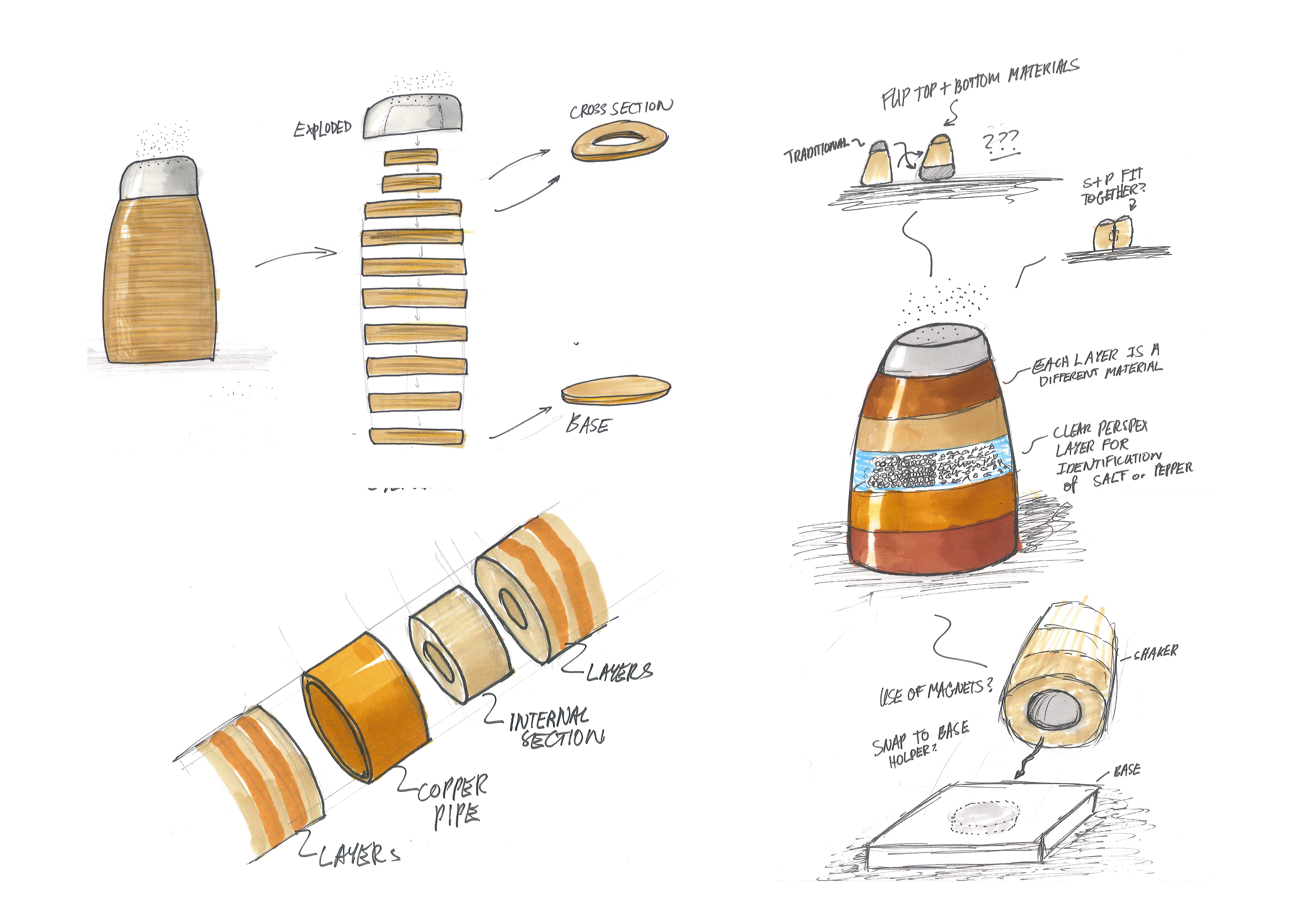
I very quickly mocked up some plywood prototypes in the workshop to test the basis of my layers concept. The layers of ply stacked up in a block form gave a striking appearance on all surfaces.
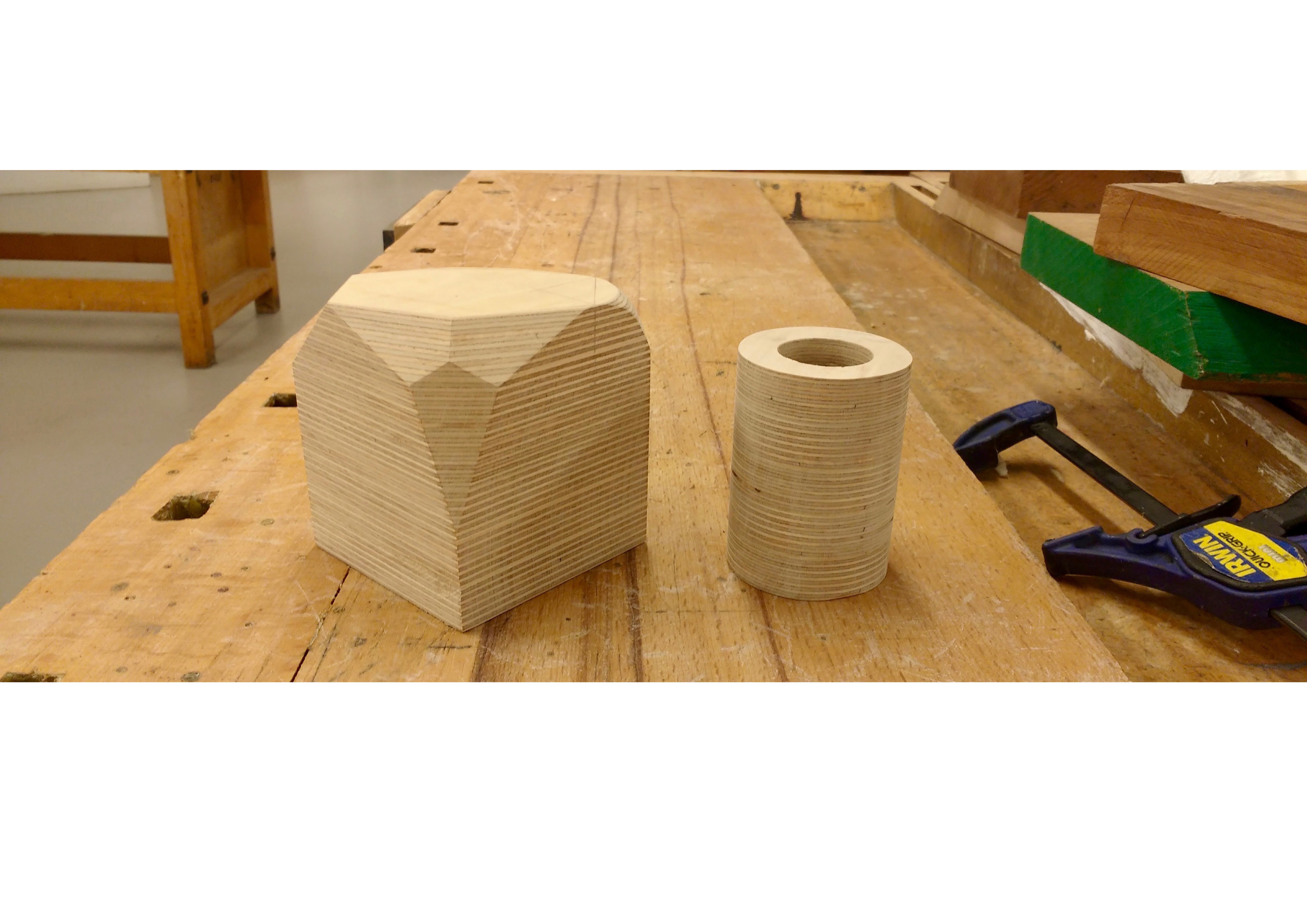
Although the plywood gave a very nice surface finish, I thought it was time to experiment with a range of different timbers.
I visited Glasgow Wood Recycling to pick up some timber and search for inspiration.
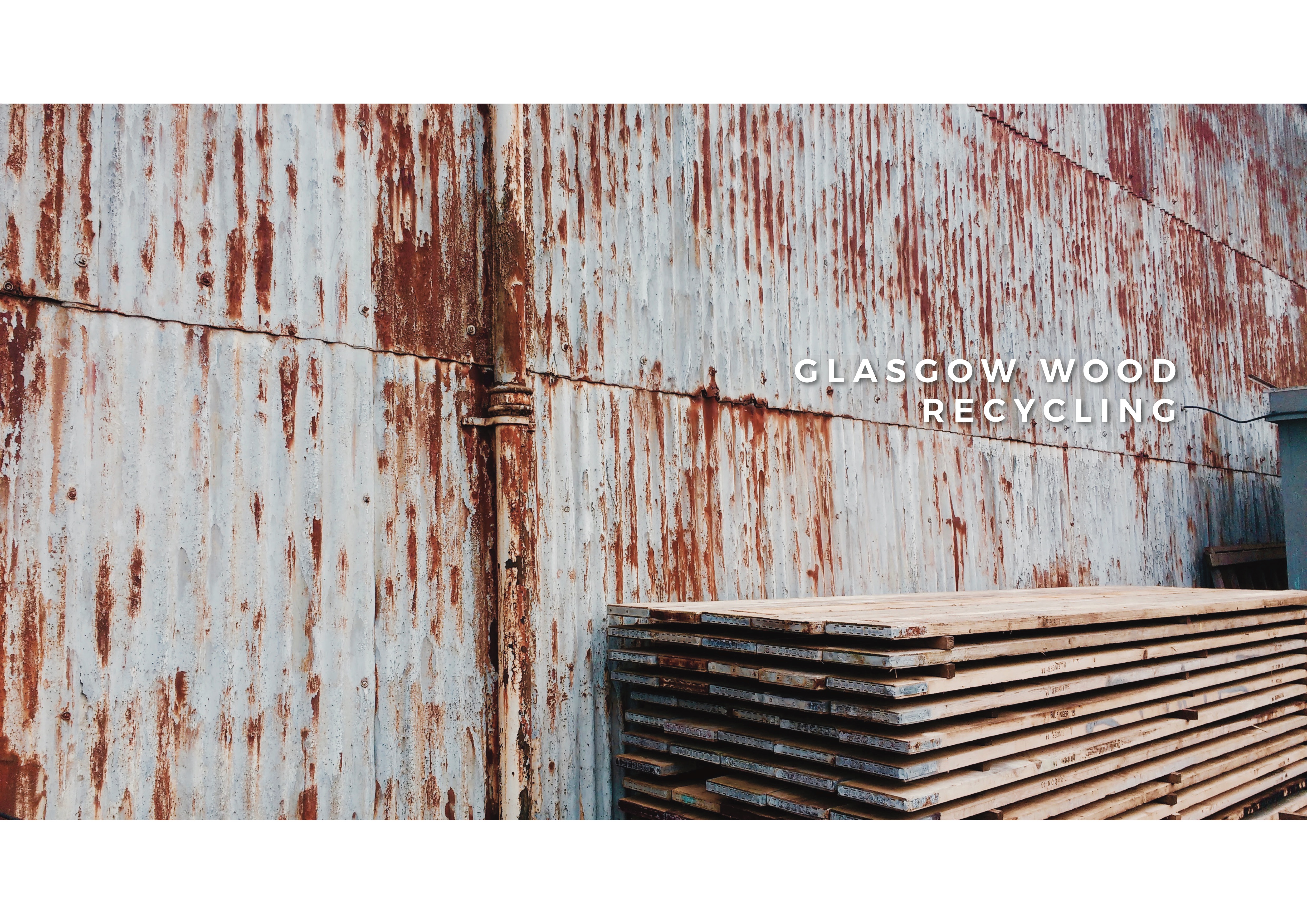
As I wondered around the workshop, it was clear to see they mainly deal in used scaffold boards. Most of the recycled furniture they manufacture is 100% scaffold board (most likely spruce). Before processing, these scaffold boards are stacked in layers with contrasting dark shadow space dividing each layer. I felt there is something quite poetic about using the same scaffold boards to separate the contrasting materials found in my homemade ply.
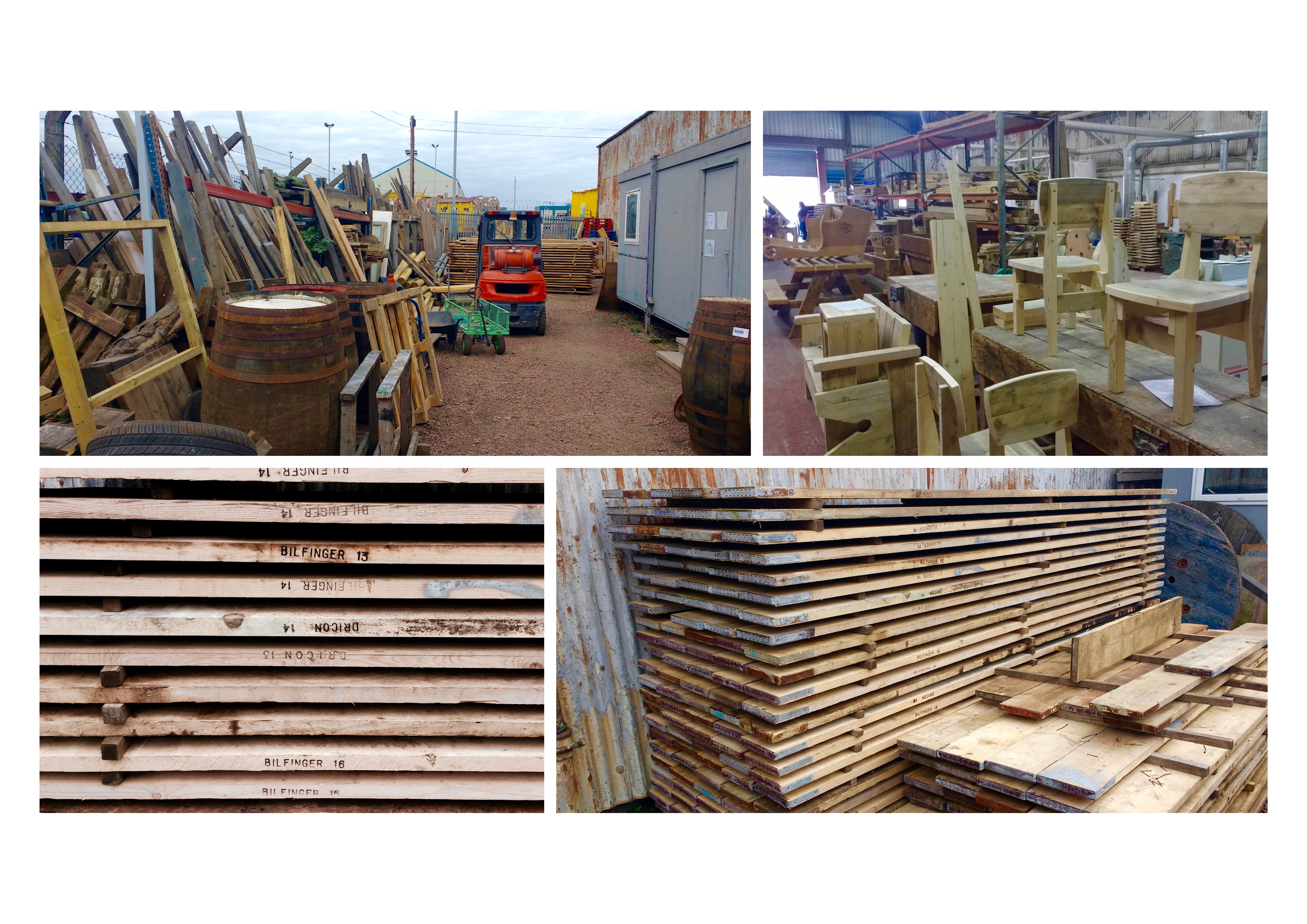
I managed to source some oak, teak (from an old chopping board), mahogany (from an old solid wood door) and, of course, scaffold board for prototyping
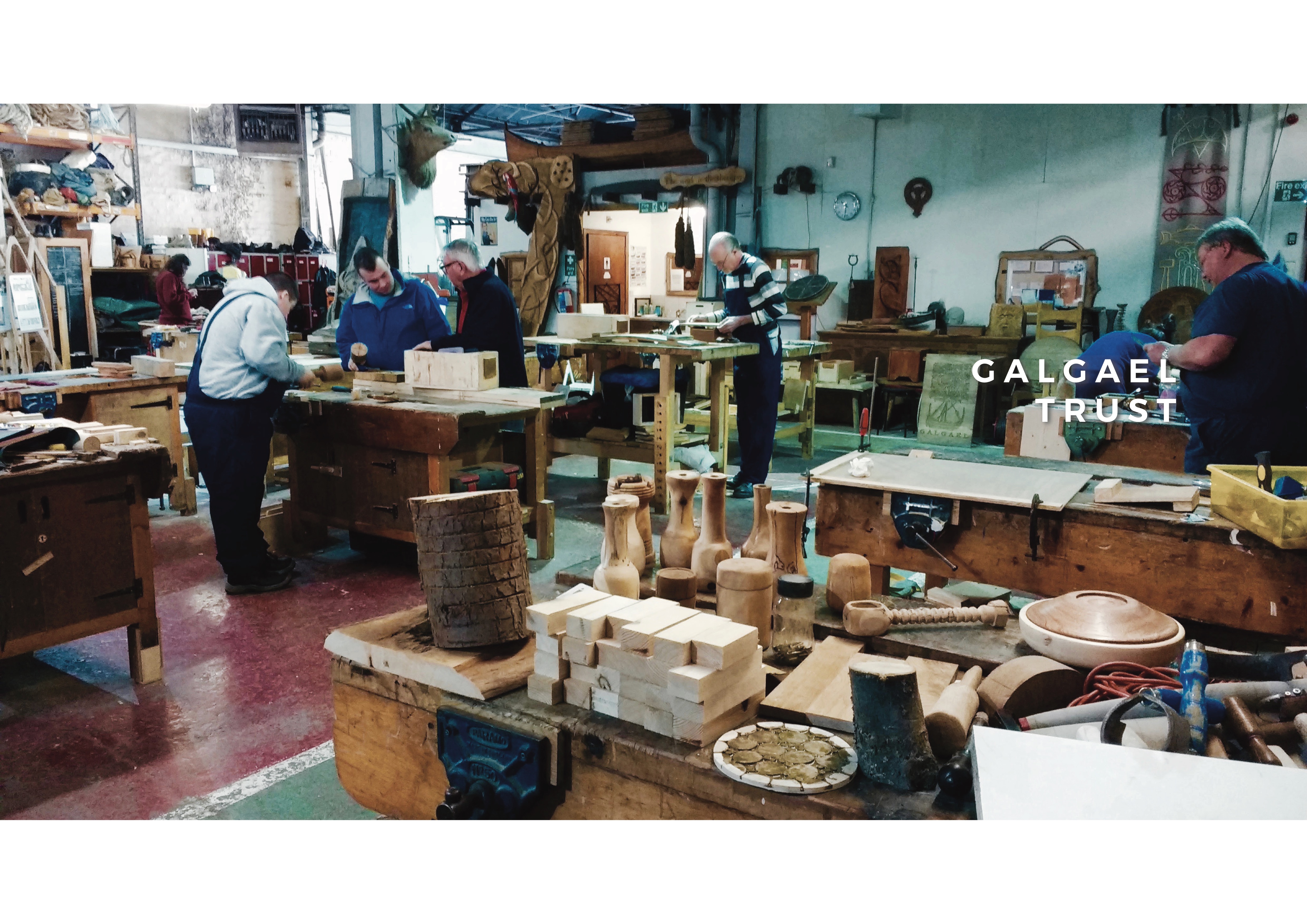
The Galgael trust is an amazing workshop I visited in Ibrox. They work with predominantly naturally fallen timber in constructing large Viking boats and various other store products. I managed to source some beautiful ripple grain ash from Galgael to use in my project.
The first stage of prototyping consisted of the manufacture of homemade plywood. Each layer was cut at 5mm thickness through a bandsaw. In total, over 236 layers were hand cut throughout this project.
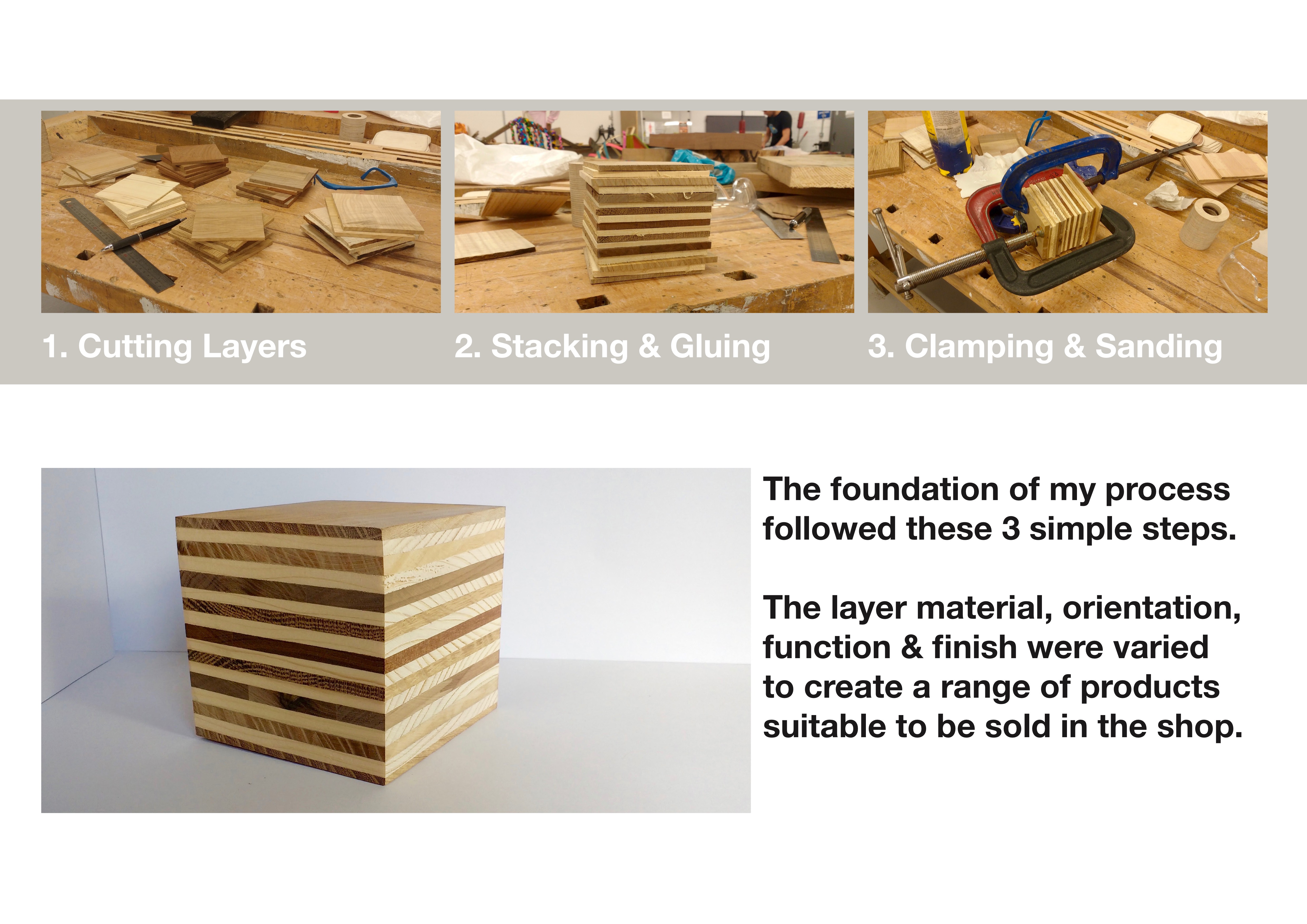
The next stage was to find an application for my homemade ply. What products does it lend itself too? Are there any stages of manufacture that can be taken advantage of? What about introducing other materials?
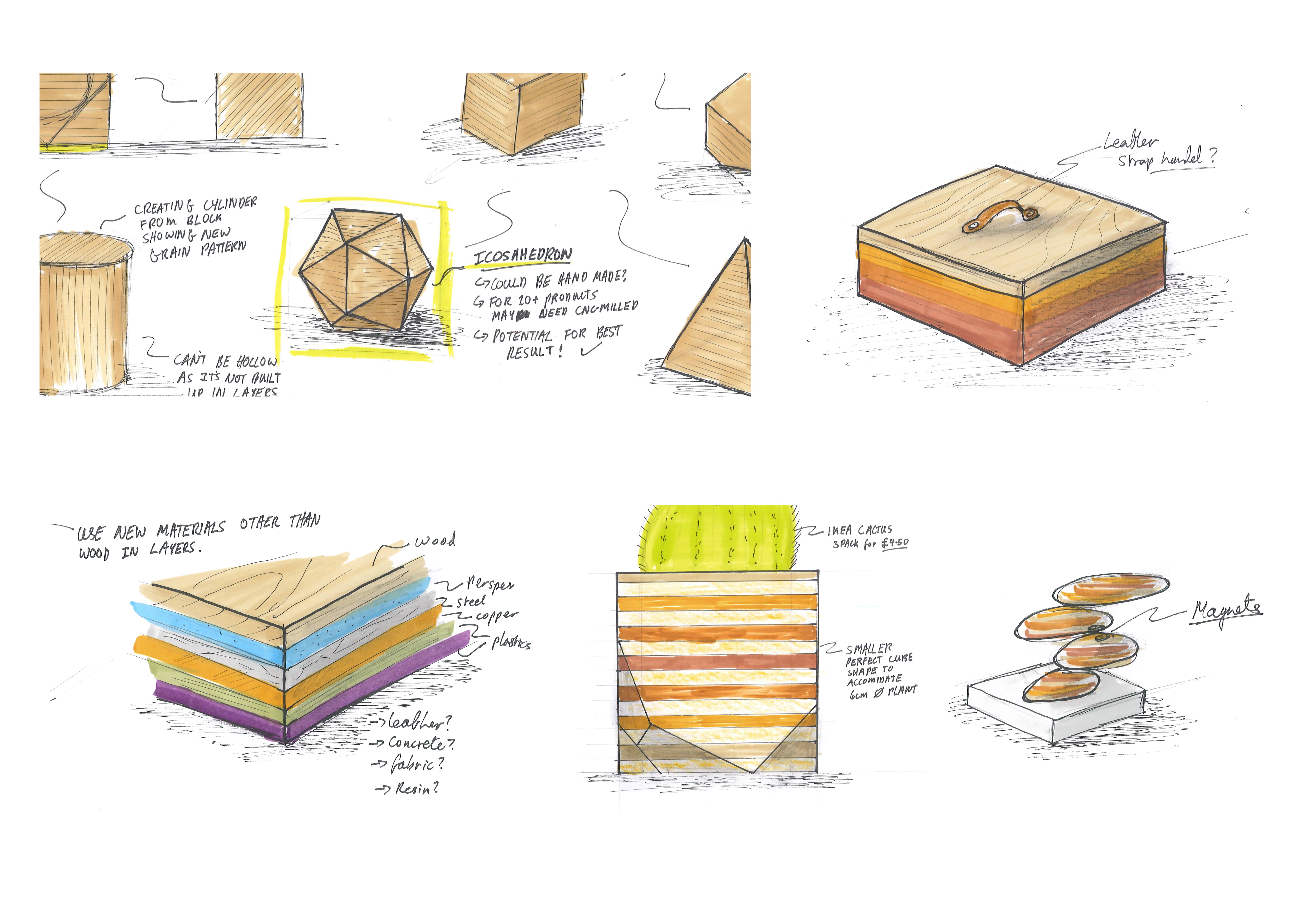
From this homemade ply, the following products were manufactured by hand in the GSA workshop.
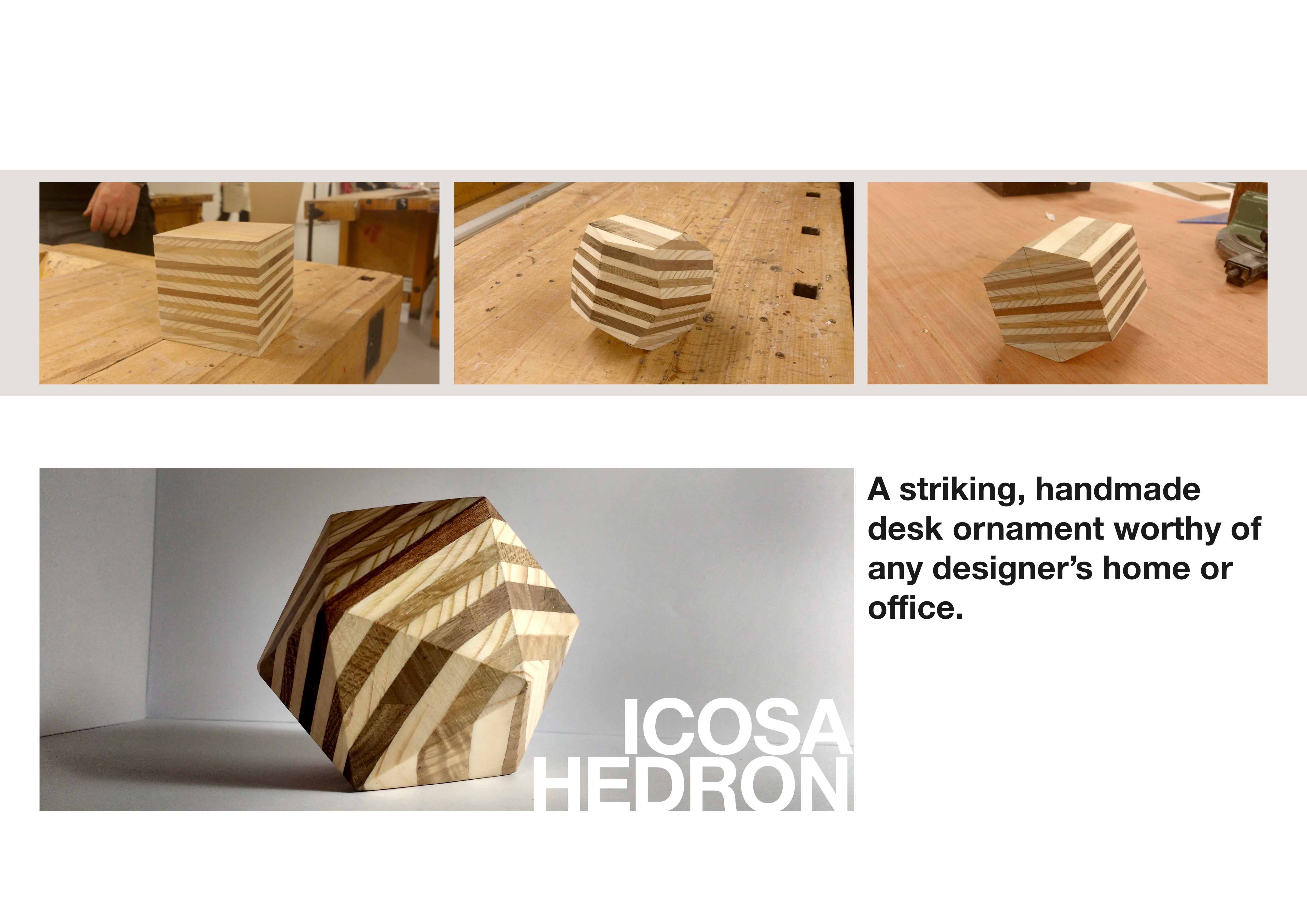
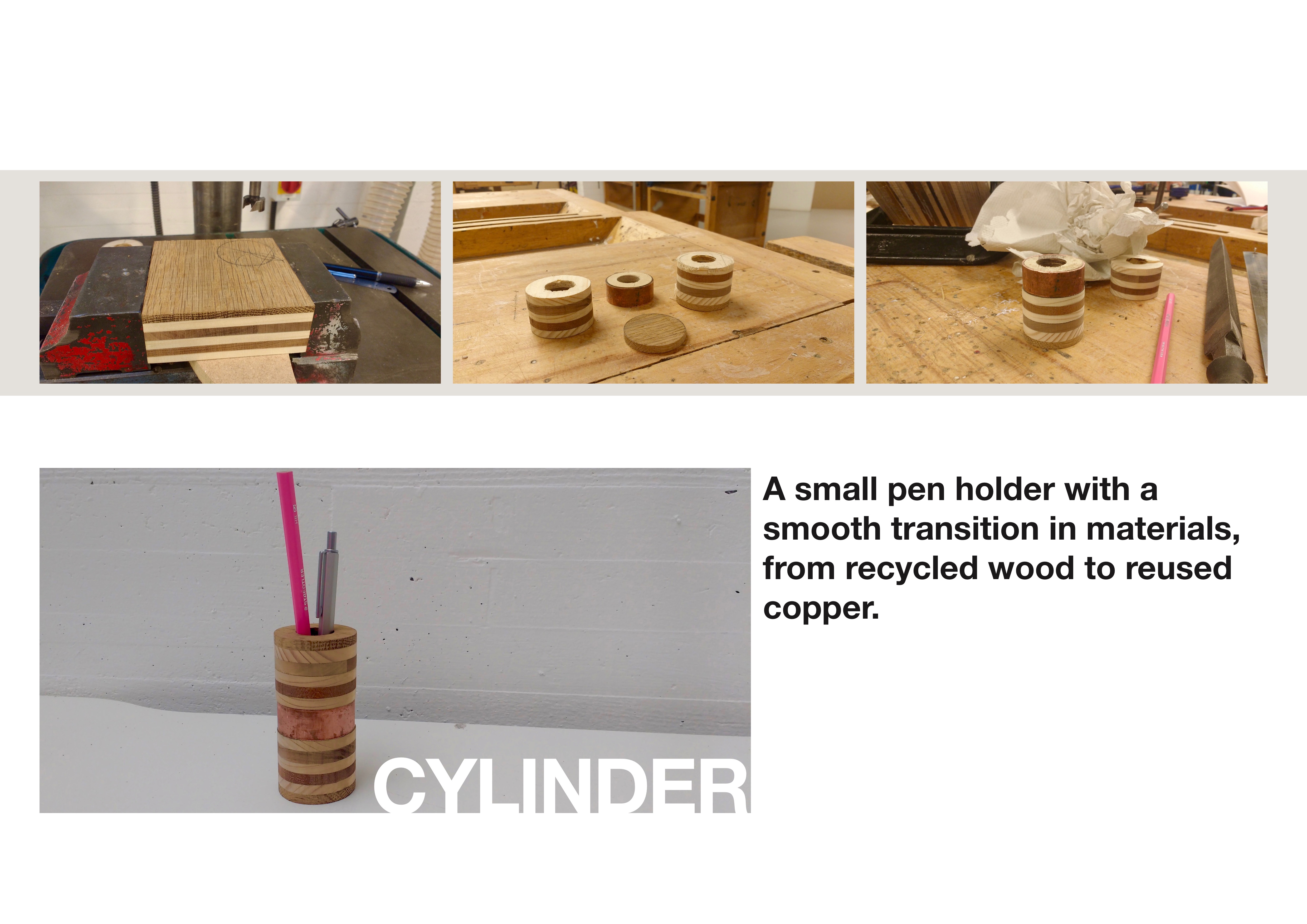
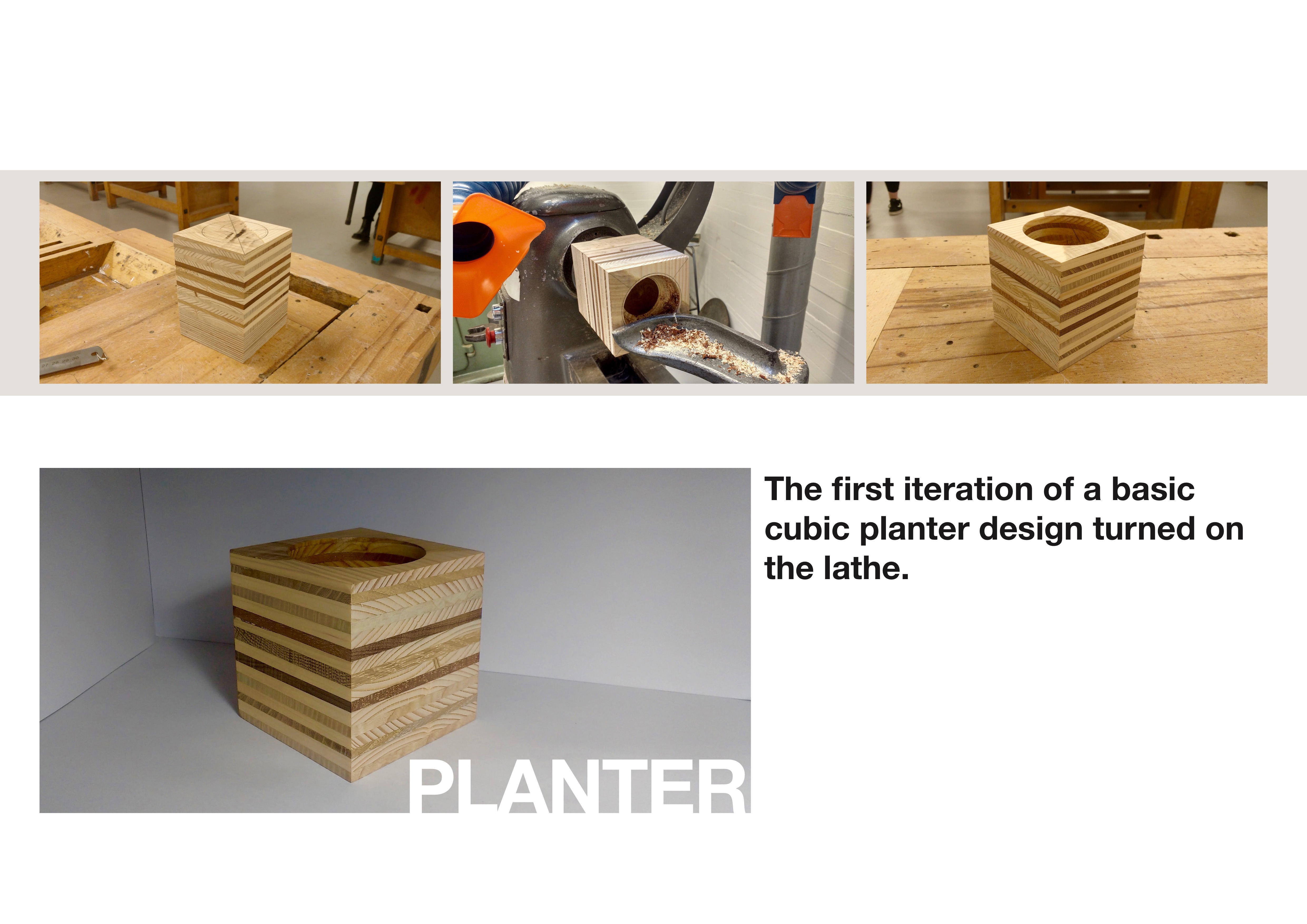
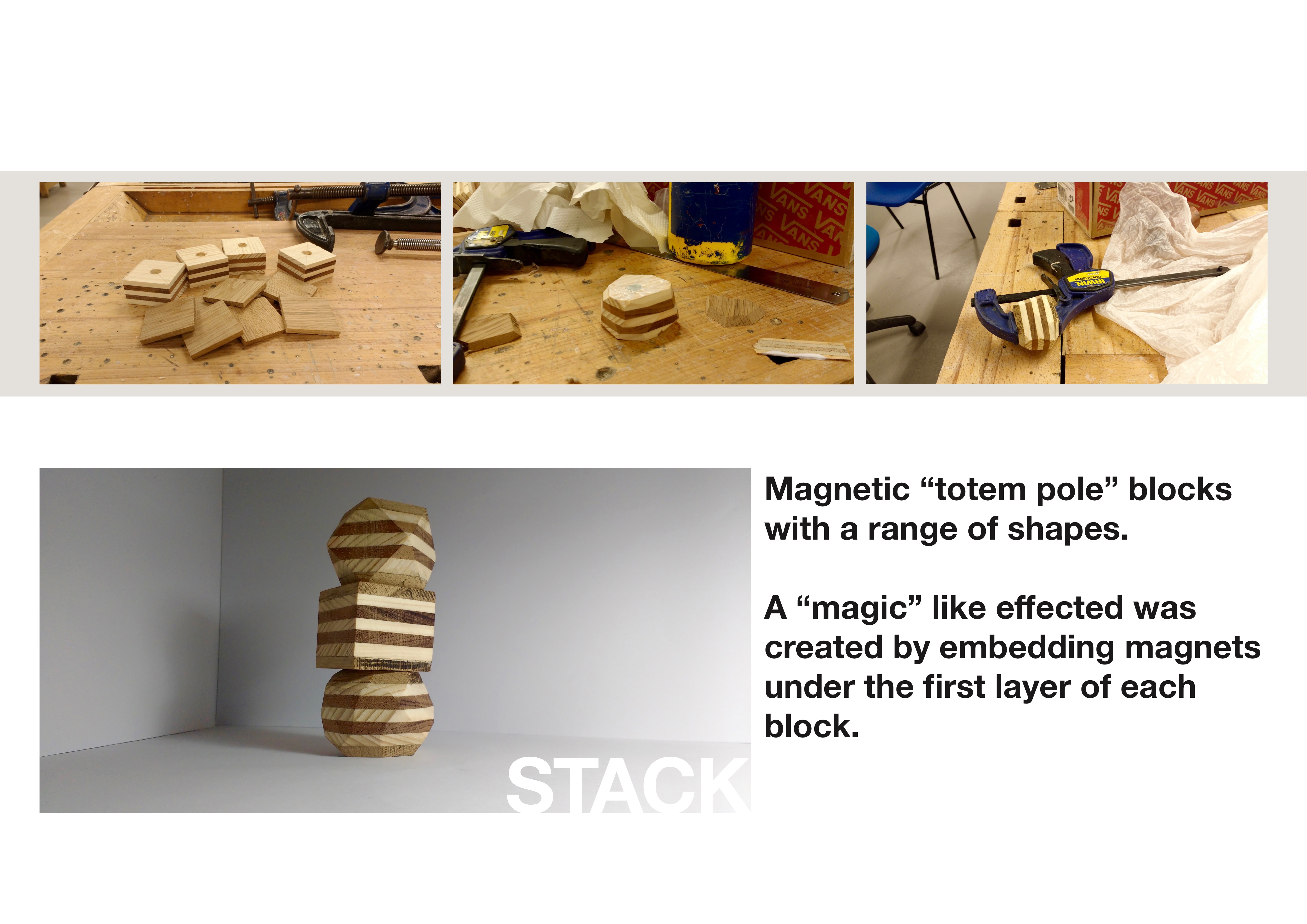
Using the holesaw bit on the pillar drill instead of turning on the lathe was the most beneficial processing shortcuts during the project. The holesaw method was much faster, left a cleaner surface finish and overall a much simpler process. The e of the container is then glued post processing.
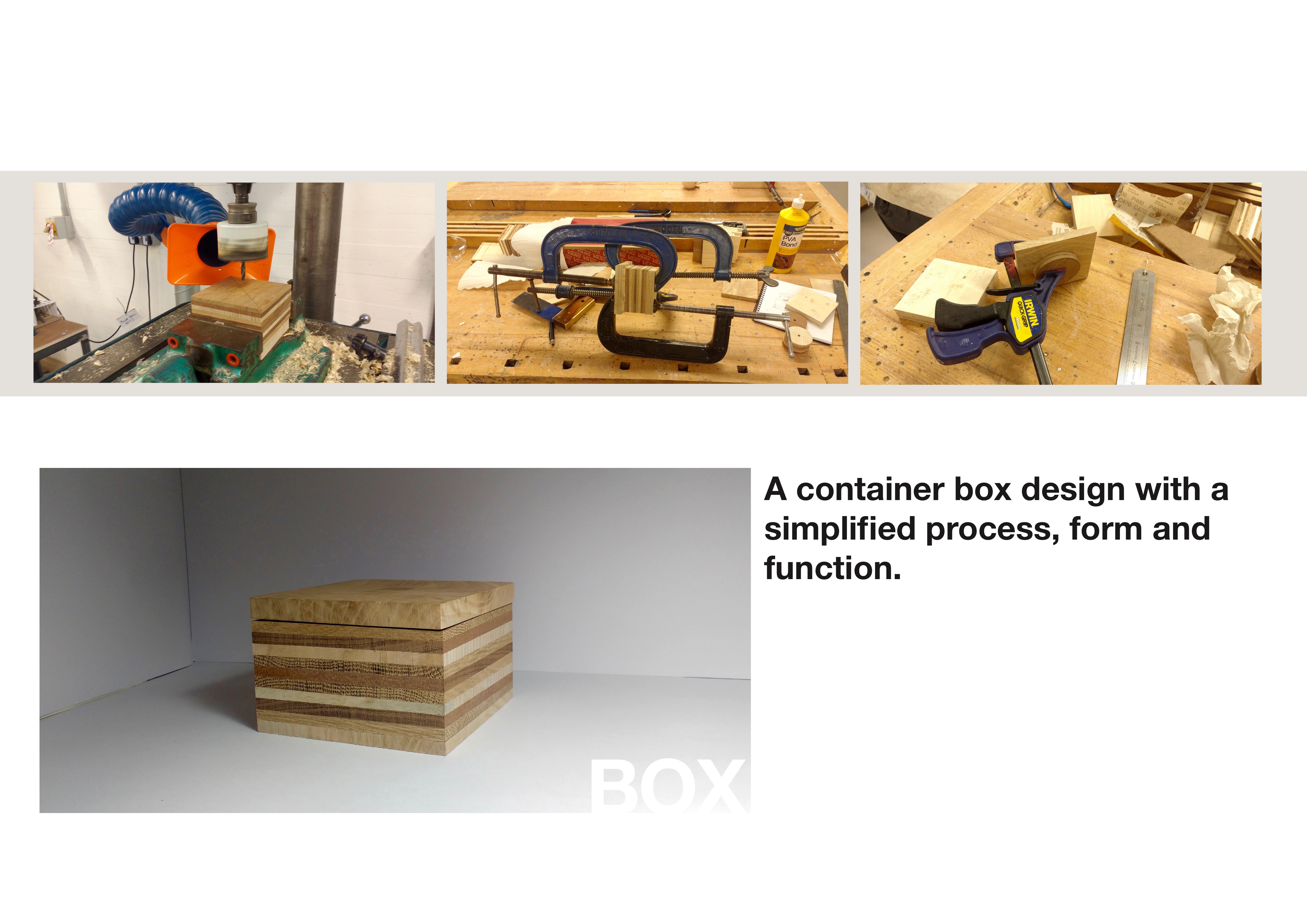
I also experimented with replacing the scaffold board layers with Perspex. The end result gave another dimension to the project. A product developed using this technique would benefit from using a source of natural or artificial light in low light. During the day, the hardwood layers ensure the product remains a charming luxurious item.

I feel like this prototype has the potential for further workshop experimentation. However, the shop buyers were more interested in seeing developments of my planter prototype.
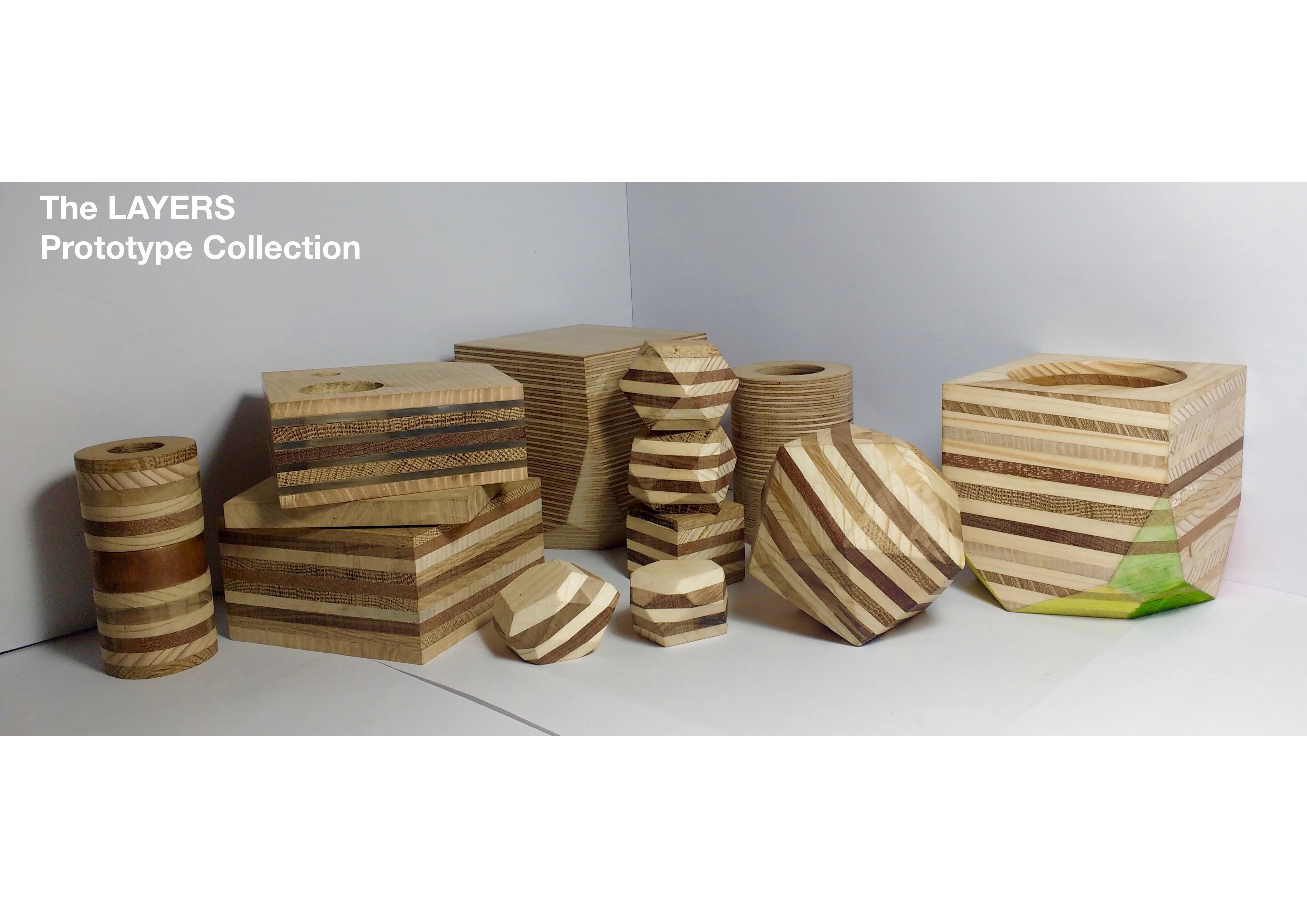
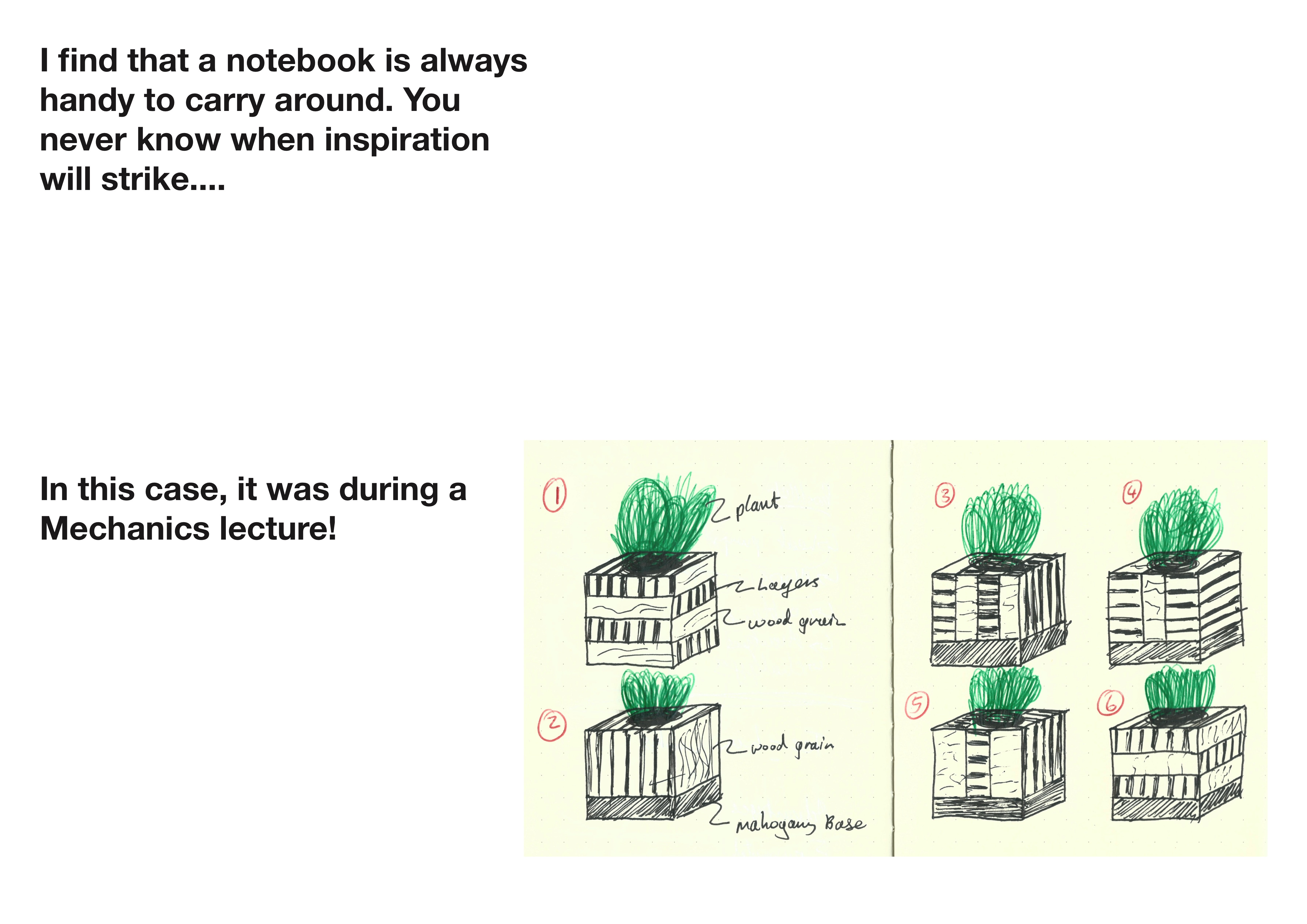
So far, all the prototype layers have been horizontal. What about vertical? what about mixing orientation?
I set out to prototype sketch (5) from above in the workshop, now using the holesaw bit instead of the lathe.
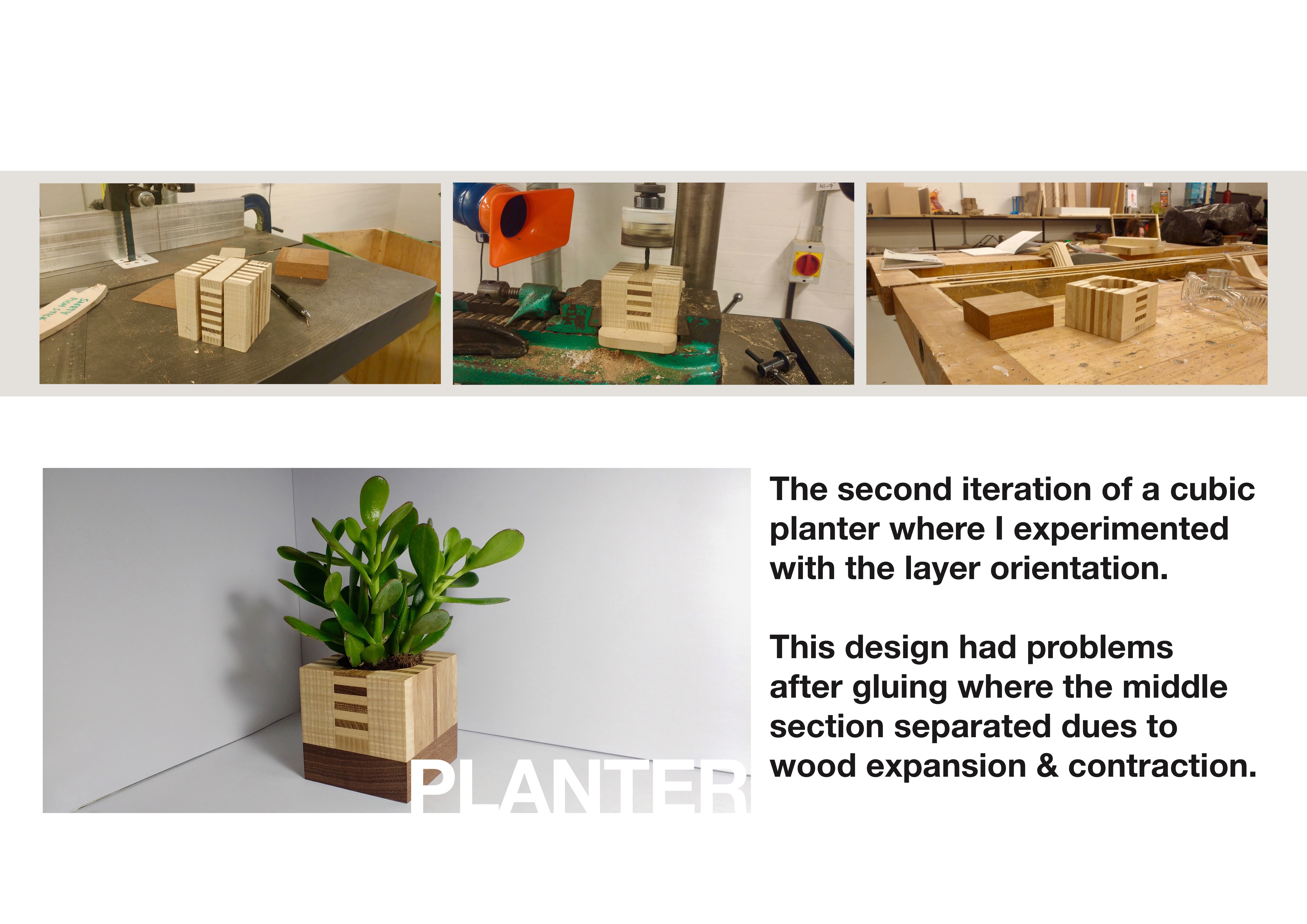
The Ripple grain ash I received from Galgael was stunning. I felt like I had to base at least one prototype on celebrating the natural beauty of the timber.
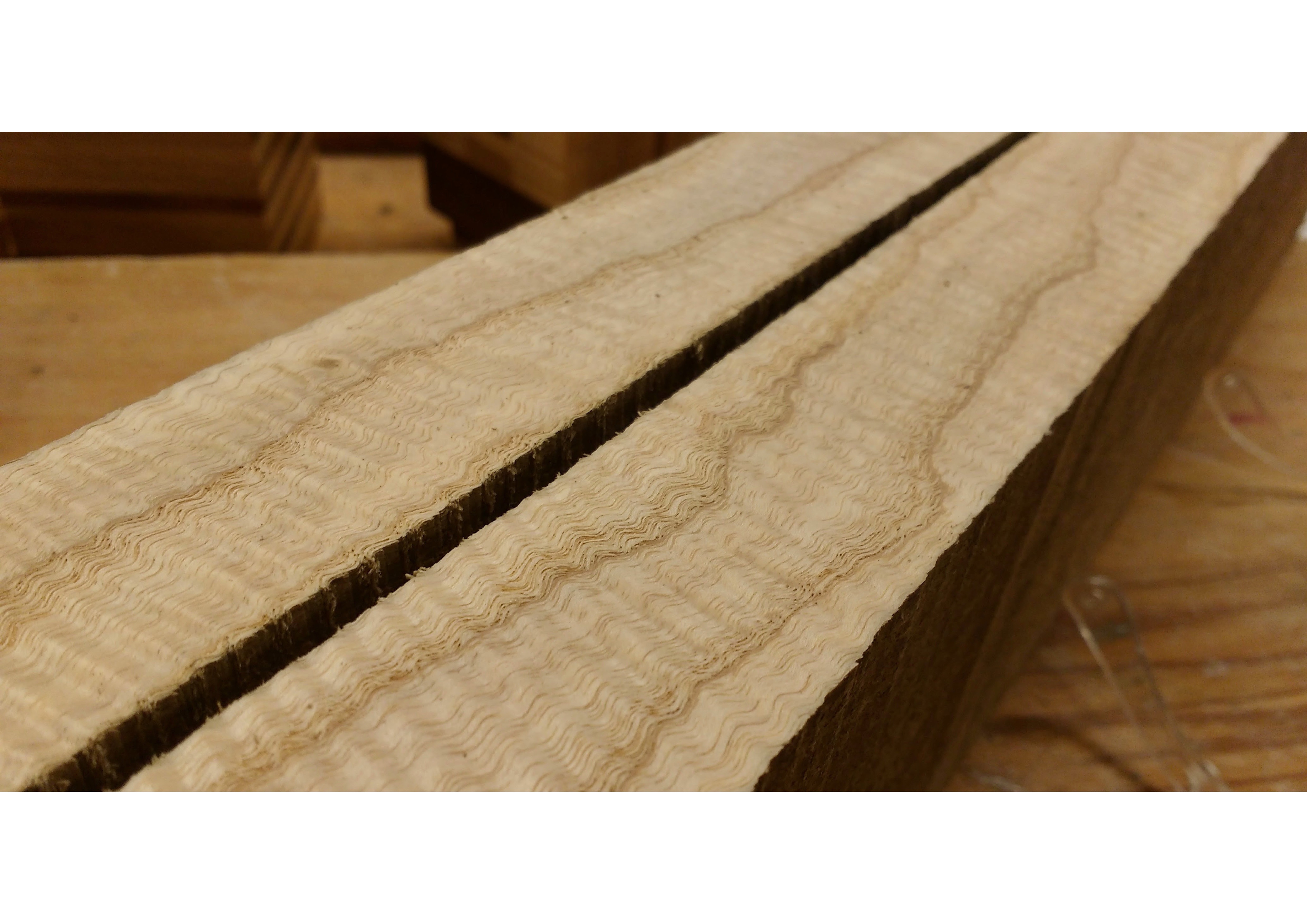
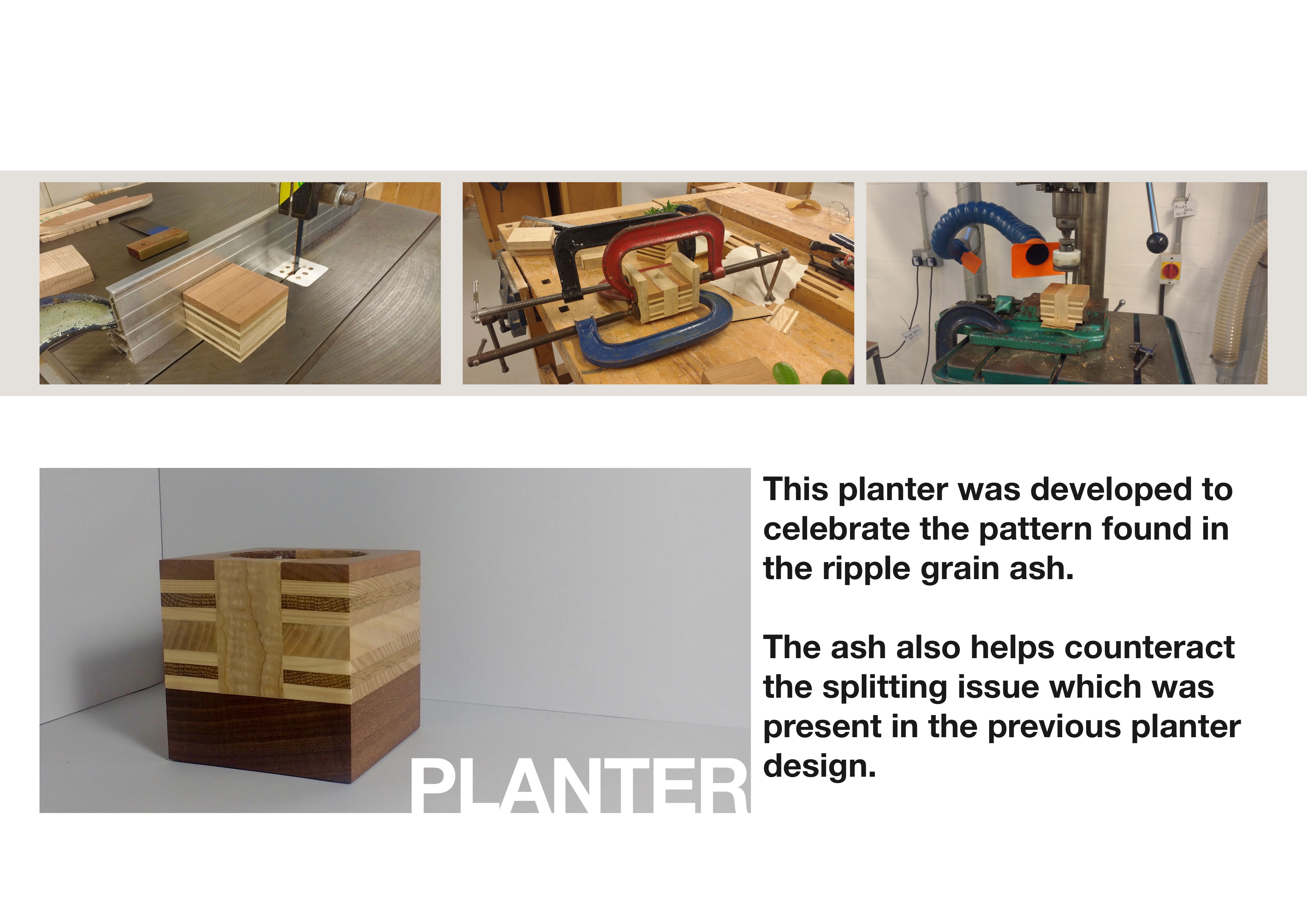
As I approached the end of the project, it was time to think about packaging design at the point of sale.
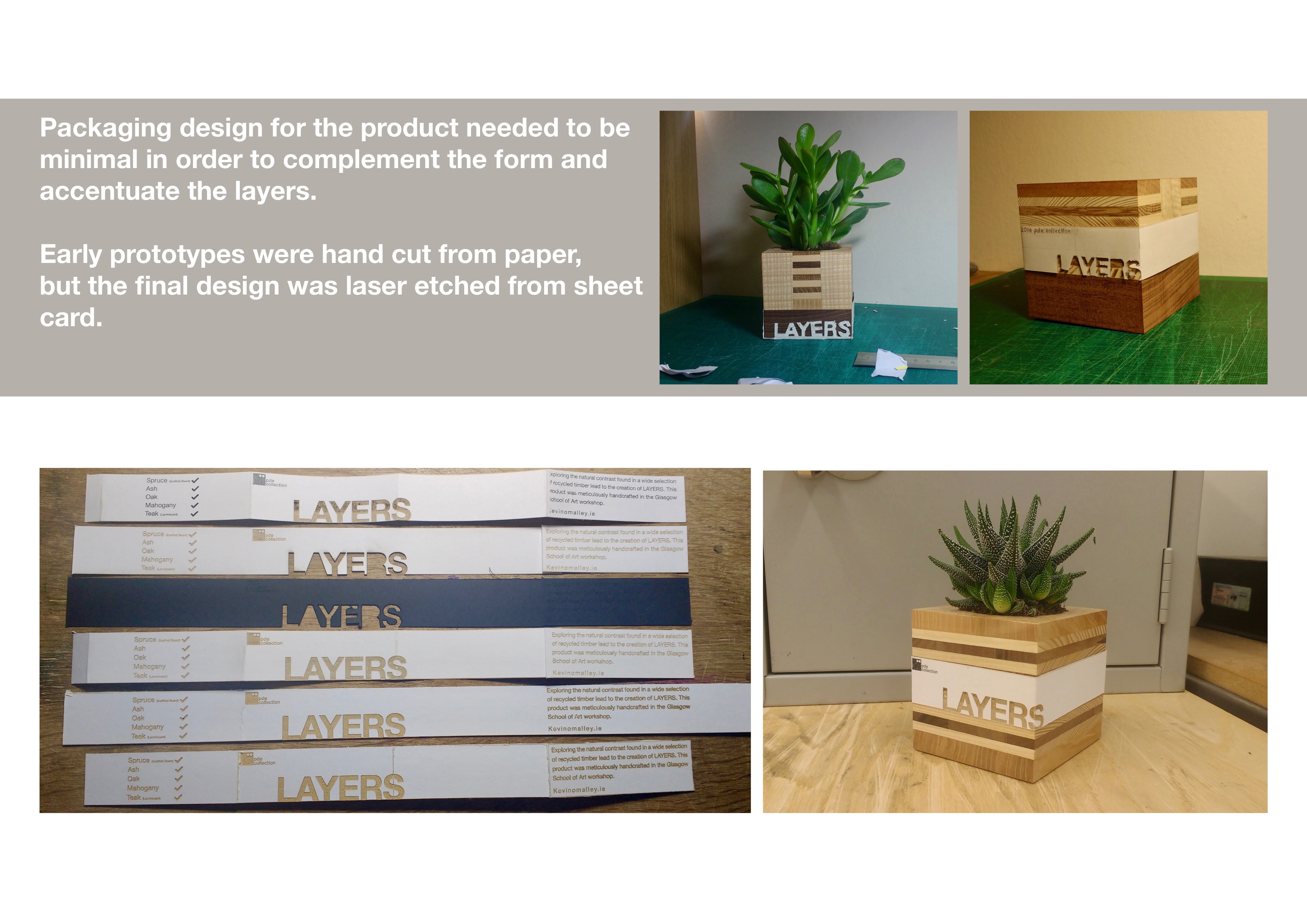
The final products were manufactured in the same fashion as the other planter prototypes. After experimenting with waterproofing solutions, silicon was used for sealing the inside of the planters. Each planter was hand sanded, sealed with beeswax and hand polished to the highest finish possible.
